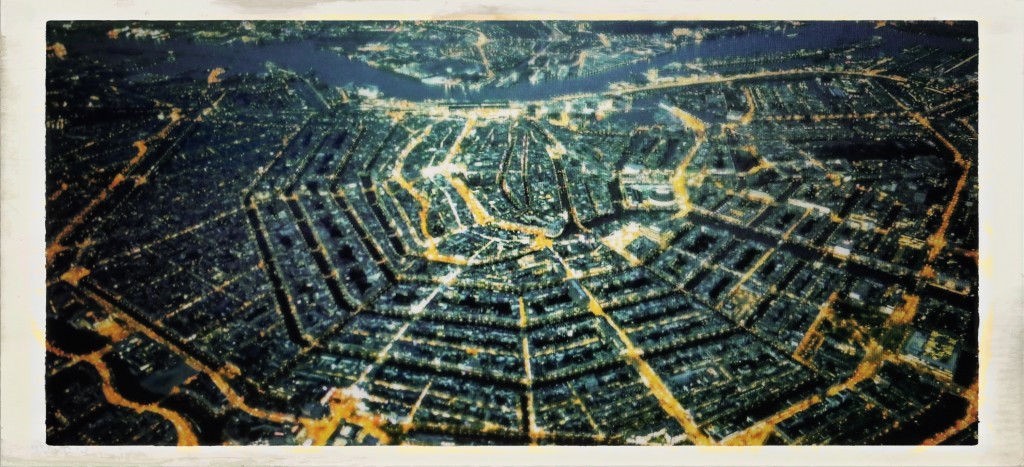Delft University of Technology and
Beijing University of Technology at
Beijing Design Week
Exhibition 1
Reclaiming the Human Space
on invitation of
Netherlands Embassy in Beijing
Netherlands Ministry of Foreign Affairs
23rd September – 30th October 2015
The Nurturing House, Dashilar
21 Sanjing Hutong (near Meishi Street)
Xicheng District, Beijing
In the past decade, Beijing has focused on overall strategies for its rapid urban development. New functional zones, land-use layout, and a comprehensive traffic system, laid the basis for a booming urban economy, and widespread social wealth. Iconic buildings by global starchitects, including works by the ‘Big Dutch’, are evidence of this development. The city has been reshaped. Yet, along its motorways, and in its streets and alleys, we see other images of the city. People feel lost, houses are dilapidated, and the quality of urban spaces is relatively low. The current generation of international design students is taking on these big small-scale issues. Their designs show a more human-centred approach. Therefore, they take the culture of the city as their starting point and work across disciplines in search of answers. A clear paradigm shift. The collaborating universities of technology in Delft and Beijing strongly support this people-oriented approach by means of research. Here they present the outcome of recent studio work as a visual manifesto, forecasting four major challenges in the long-term development trend of the city: Humanisation of Infrastructural Wastelands; Integration of Modernist Fragments; Recreation of Community Places; Rehabilitation of Daily-Life Environments. |
代尔夫特理工大学与
北京工业大学在
北京国际设计周
第一展区
重塑人性空间
邀请方
荷兰驻华大使馆
荷蘭外交部
2015年9月23日至10月30日
保苖民居,大栅栏
三井胡同21号(近煤市街)
西城区, 北京
过去几十年间,高速发展是北京城市建设的主旋律。新的功能组团、土地使用区划和综合性的交通系统构成了城市经济发展和社会财富积累的基础。包括荷兰建筑师在内的明星建筑师们所设计的标志性建筑物,就是这一时期的产物。城市在被重新塑造着。但是,在城市快速路的两侧,在街道边,在小巷里,我们看到的是不同的城市景象。人们失去了他们曾经拥有的,房屋在逐渐老化而城市空间的质量在相对下降。这里所呈现的学生联合设计作品面对的正是这一重要却又往往被忽视的议题。他们的设计所秉承的是一种更加人性化的态度,然而却从城市的文化角度出发,通过跨学科的合作寻求答案。这无疑是种范式的转变。代尔夫特理工大学与北京工业大学的合作从研究的意义上为这种以人为本的设计方向提供了强有力的支持。本次展览所展现的学生作品可视为一次视觉上的宣言,预告了城市长期发展趋势中面临的四项主要挑战:基础设施建设的人性化、现代主义城市空间的整合、社区场所的再造、以及日常生活环境的复兴。 |

